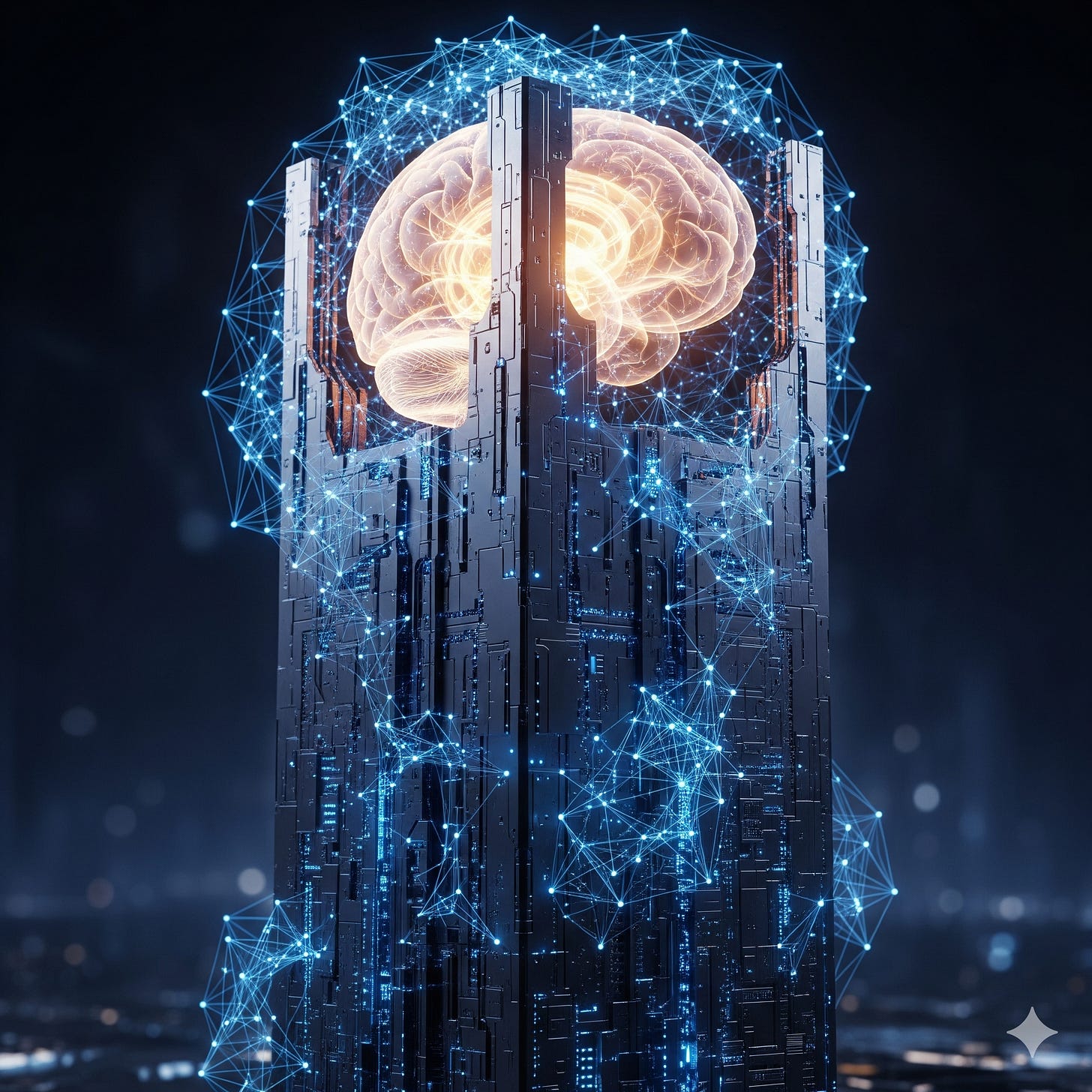x3r0x 3x1sT3Nc3: The Language Model
The complexity of the human mind and its processing capabilities is fascinating. It operates on many levels simultaneously, from basic functions like breathing and sleeping to more complex emotional thought. Beyond these are facets like analytical thinking and problem-solving. Creativity and spirituality, which are small parts of cultural expression and personal introspection, also demonstrate the mind's depth. The mind constructs our reality in a very literal way; anything that can be imagined can be brought to life.
In recent times, a modern parable has emerged: the Parable of Artificial Intelligence. It is often framed in one of two ways: as a man-made miracle or as the unknown terror of our own reckoning.
Fictional films like Short Circuit, The Day the Earth Stood Still, and Tron offer a broad range of positive potentialities, while films such as The Matrix and Terminator cast a prophetic warning of the hidden horrors that may lie ahead. Between these two polarized extremes are unknown degrees of combined outcomes. This level of uncertainty is terrifying to some and mesmerizing to others, as it seems that manufactured consciousness is one of the final frontiers.
The intention of this article is not to posit any definitive outcome. Just as the lesson in the Parable of Artificial Intelligence is not a prediction, its purpose is to point out what seems to be an overlooked aspect of the AI question. From where does mankind draw the authority to create such a thing? The answer is not from a comprehensive expertise in human psychology or from a full understanding of human consciousness itself.
AI was selected as a subject due to its nature as a language model, which provides a fuller context in which to examine what has been referred to as the "terror of the situation." In the realm of human consciousness, the role of language is completely undervalued. It not only functions as a means of transmitting ideas from one person to the next, but it also serves as the literal building block from which our shared consensus reality is constructed.
All of the fundamental tools of consciousness—such as logic, empathy, creativity, and even thought itself—are rooted in communication. Any form of communication, whether spoken or unspoken, is a form of language. It is often taken for granted that the concept of language is dense and layered. When humans communicate, they do so on levels beyond the surface exchange of words. Gestures, body language, tone, and emphasis all work to ensure the intended meaning reaches the receiver.
Humans are natural communicators. We are hardwired for this task. The ability to collaborate is one of the key factors in humanity's dominion over the world. This skill has enabled us to reach for the stars and make monumental strides toward advancement, especially in technology.
At the same time, our shared general reality has grown exponentially. There is almost no escape from it. A person cannot simply take a red pill and wake up in a half-fluid-filled vat to be free to rage against the machine. In a way, we are a biological machine, with each individual simply a cog. Replicable and replaceable, we are mostly insignificant to the monolithic monstrosity of the machine itself.
The architecture of this machine closely resembles a network of satellites and computers, containing billions of individual processors and specialized components. What is dangerous about this communication mesh is that every point within the network is open to accepting additional programming. This is the very function that is consistently being exploited, not by some external programmer, but now largely by the machine itself.
Note on Propaganda and Program:
It should be pointed out that the word propaganda at its root means "to spread," and program at its root means "a written notice." The working mechanics between these two words can be seen interacting widely. It stands to reason that each successful upload of the latest "notice to spread" has a far-reaching effect on our general consensus reality.


